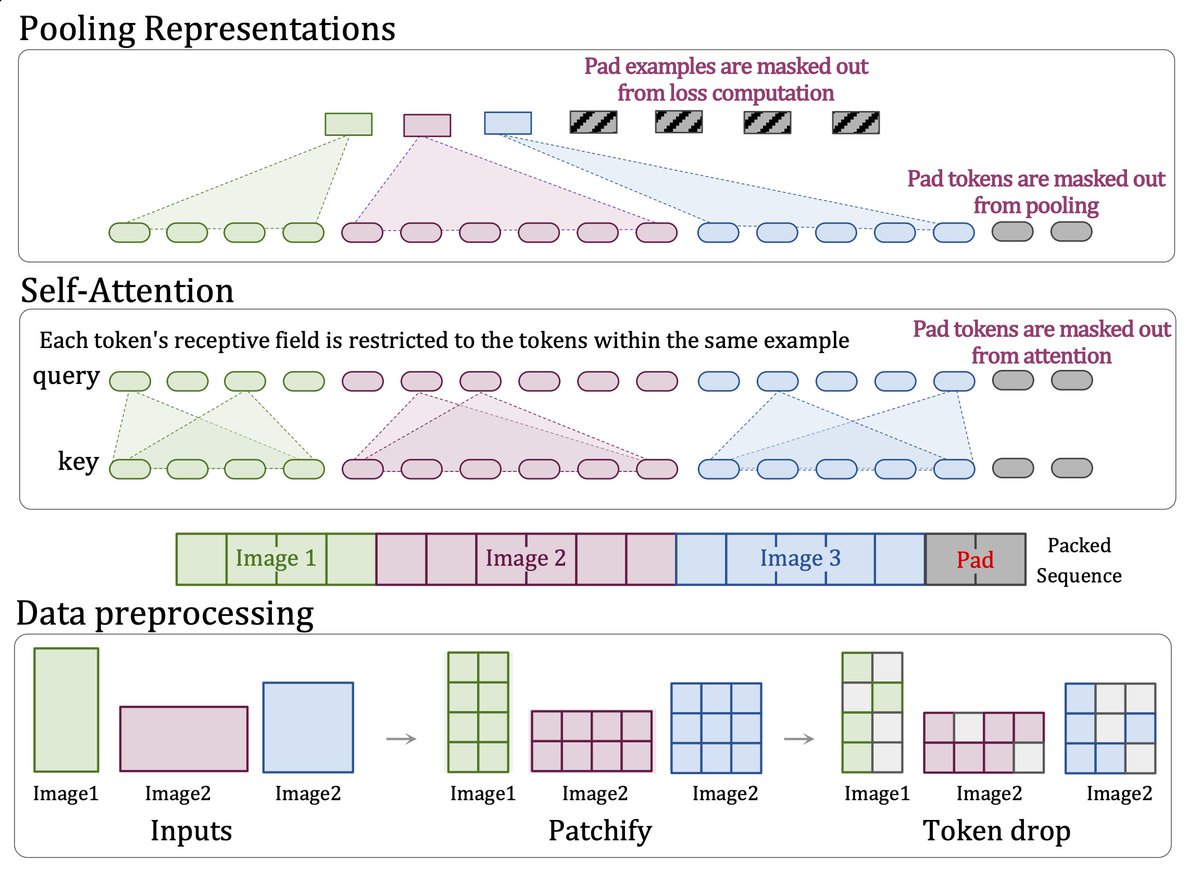
Alexey Gritsenko
@agritsenko
Research @ Google Brain
// opinions my own
ID: 135633621
21-04-2010 21:32:54
33 Tweet
356 Followers
147 Following

Generate data in random order? A masked language models as generative model? All this and more in "Autoregressive Diffusion Models" with Alexey Gritsenko @BastingsJasmijn Ben Poole Rianne van den Berg Tim Salimans. For details see arxiv.org/abs/2110.02037. Some explanations below...


Excited to announce Imagen Video, our new text-conditioned video diffusion model that generates 1280x768 24fps HD videos! #ImagenVideo imagen.research.google/video/ Work w/ William Chan (陳俊樂) Chitwan Saharia Jay Whang Ruiqi Gao Alexey Gritsenko Durk Kingma Ben Poole Mohammad Norouzi David Fleet Tim Salimans








We just open-sourced OWL-ViT v2, our improved open-vocabulary object detector that uses self-training to reach >40% zero-shot LVIS APr. Check out the paper, code, and pretrained checkpoints: arxiv.org/abs/2306.09683 github.com/google-researc…. With Alexey Gritsenko and Neil Houlsby.







